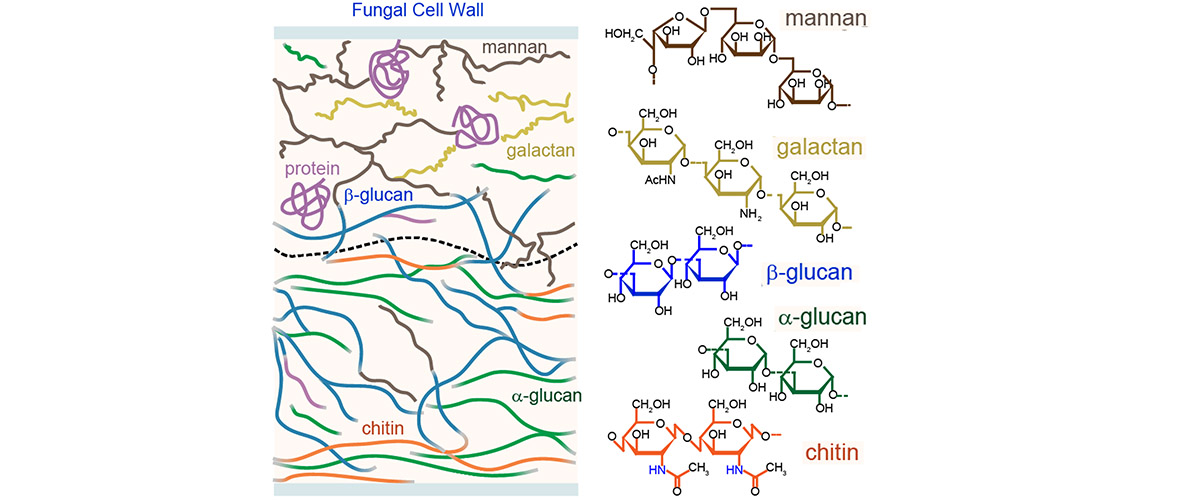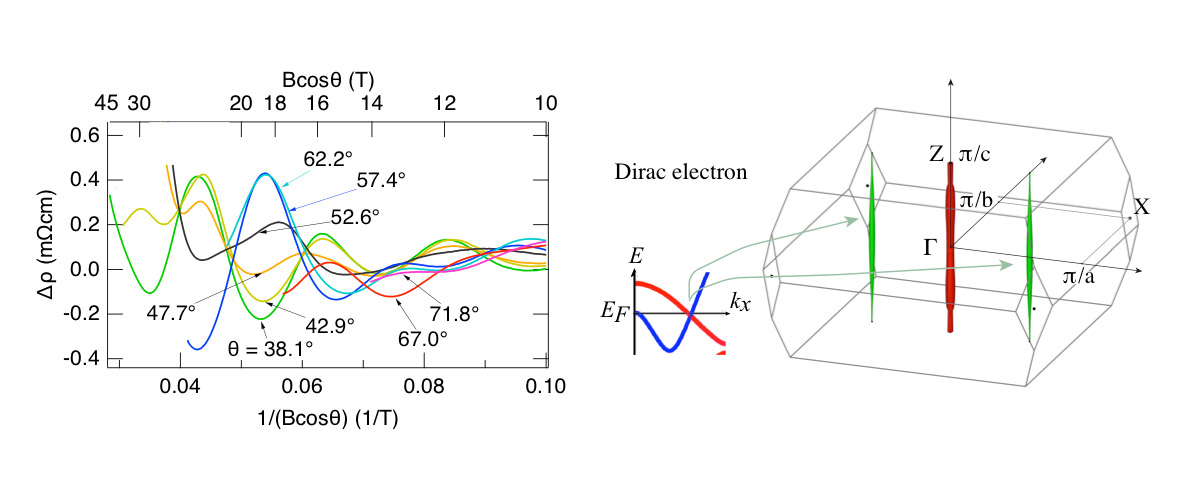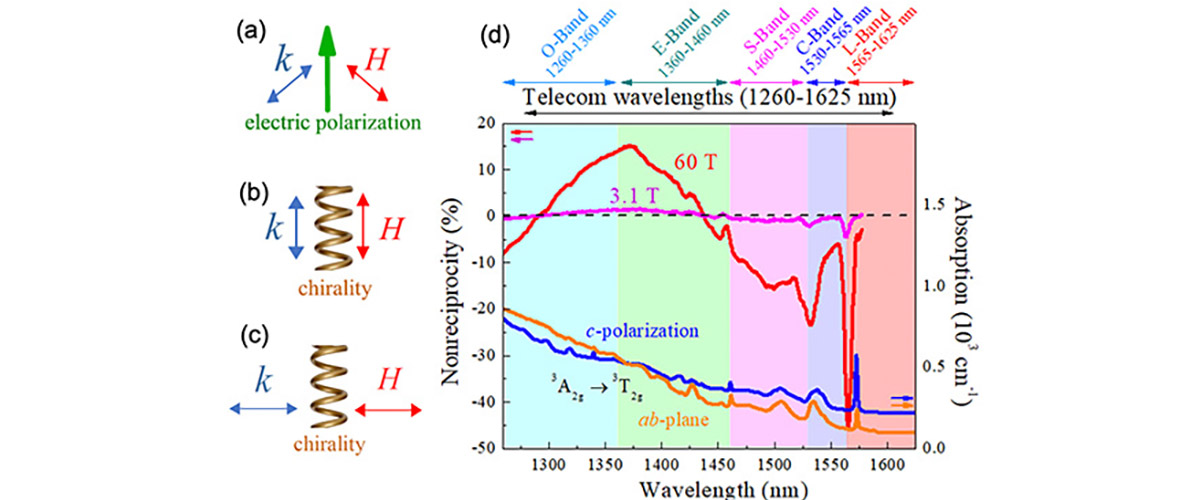What did scientists discover?
Superconductivity and superfluidity are both quantum mechanical states where fermions pair up to create a new particle (quasiparticle) with very different properties than their constituent particles. In superconductivity, fermions are weakly coupled together versus superfluidity where they are strongly coupled to each other. In the late 1970s, it was proposed that electron-hole pairs could become superfluid at very high temperatures. However, realizing a system of strongly interacting electron-hole pairs has remained a technical challenge. In this work, MagLab users find that fully-tunable exciton condensates can be induced in graphene by using strong magnetic fields.
Why is this important?
Superconductors – materials that can carry electrical current without energy loss, result when electrons in a material pair up. However, understanding the exact way in which these electrons pair is often unclear, limiting our ability to engineer materials properties, for example by driving up the temperature at electron pairs form. The ability to dynamically adjust the pairing strength with magnetic field allowed researchers, for the first time, to experimentally map the associated phase diagram. This both confirms the prior theory, but also establishes magneto-condensates as a model system to study fundamental questions of how electrons pair to form exotic quantum states.
Who did the research?
X. Liu1, J.I.A. Li2,3, K. Watanabe4, T. Taniguchi5, J. Hone2, B.I. Halperin1, P. Kim1, C.R. Dean2
1Harvard University; 2Columbia University, 3Brown University; 4,5National Institute for Materials Science, Japan
Why did they need the MagLab?
The exciton superfluid studied in graphene only forms in the presence of high magnetic fields and at very low temperatures. The MagLab is one of the only places in the world that enables researchers to simultaneously address these two needs in the right way to perform this experiment.
Details for scientists
- View or download the expert-level Science Highlight, Crossover Between Strongly Coupled and Weakly Coupled Exciton Superfluids
- Read the full-length publication, Crossover between strongly coupled and weakly coupled exciton superfluids, in Science.
Funding
This research was funded by the following grants: Dean (DE-SC0019481; DMR-2011738), Kim (N00014-18-1-2877; W911NF-14-1-0247; ECS-00335765), Halperin (DMR-1231319), Hone (DMR-2011738), Taniguichi and Watanabe (PMJCR15F3), Liu (DE-SC0012260), G.S. Boebinger (NSF DMR-1644779)
For more information, please contact Tim Murphy.






